Outstanding LCA result for our GEN24 Plus inverter - part 1
But what does that actually mean?
Fronius worked together with an external sustainability expert for a whole year to analyse the life cycle of the GEN24 Plus inverter.
Everything came under the microscope, from raw materials and components, to sustainability in production as well as the transport routes and long service life of products, right through to repairability and recycling.
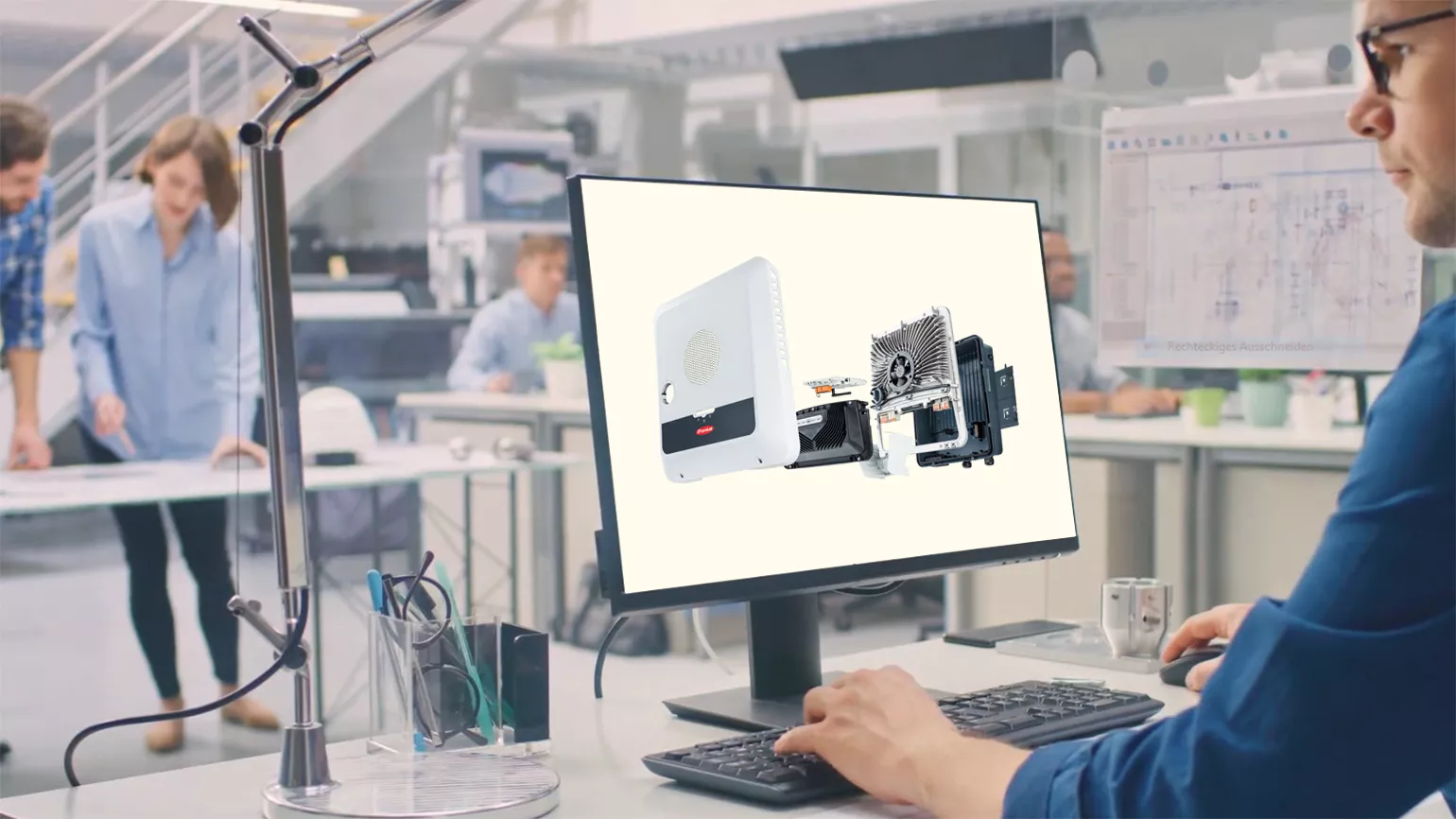
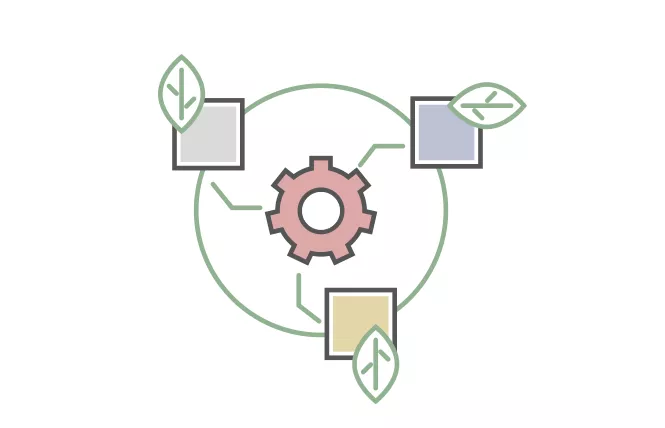
Raw materials & components
As a sustainable cycle starts with raw materials and components, the team collaborated with various suppliers and referred to databases to gather as much data about the components as possible.

Transport routes
How far do the components and raw materials travel before they reach the production line, and what distance do the products travel before they reach the customer?
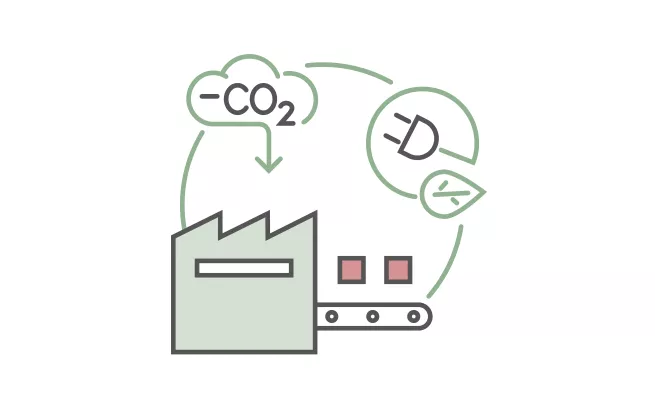
Sustainable production
How high is the energy consumption at the Fronius sites, and where does this energy come from? Which production processes and materials really affect the carbon footprint?

Durability of our products
How long is the service life of the GEN24 inverter and how efficient is it? How much clean, green energy does the inverter produce and what electricity mix does it serve to substitute in the various countries?
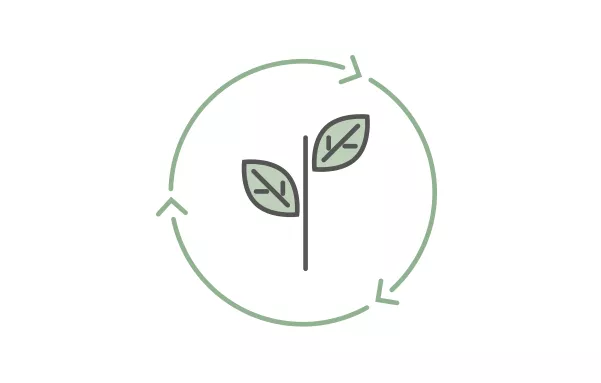
Repairability and recycling
How readily repairable, reusable and recyclable are the products? Is recycling also considered during the design and production phases?
Outstanding eco-balance of our GEN24 PLUS inverters
The results of the life cycle analysis conducted by Fronius are very impressive and have been confirmed by the highly respected Fraunhofer Institute¹: the environmental benefits are up to 26 times greater than the energy required to manufacture and operate the inverter as well as reuse and dispose of the waste².
Up to 16,932 kg of CO2e are saved with the GEN24 Plus, which equates to around nine flights from Munich to New York. The CO2e payback time of the climate effects lies between 0.8 and 3.7 years, depending on the scenario².
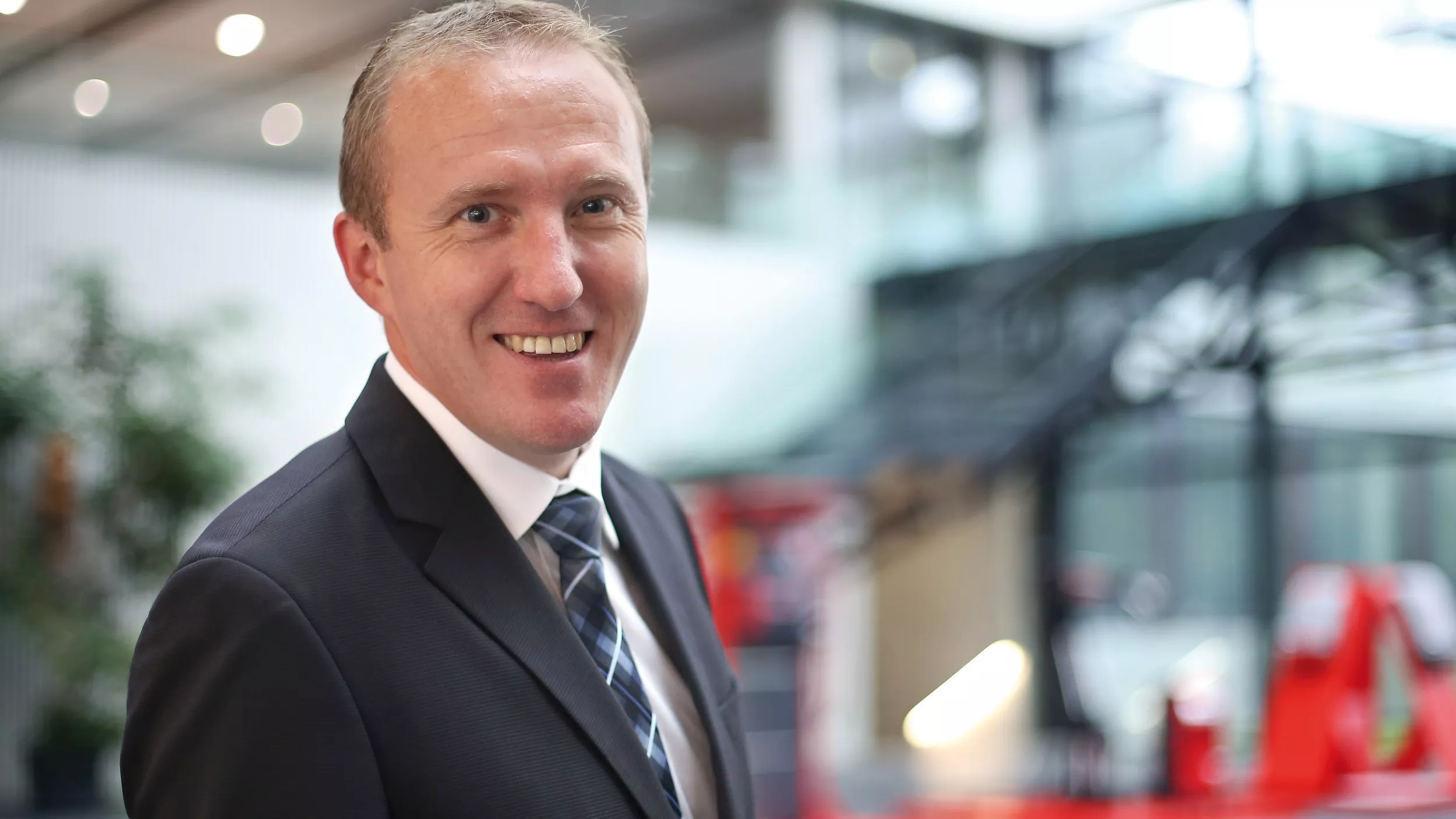
“The fact that the CO2e emissions saved outweigh those generated during production, operation and disposal is something that very few electronic products can claim.”
Martin Hackl, Global Director Marketing Solar Energy
Climate impacts over the total life cycle
Which phase of the product life cycle has the greatest impact on the climate, the so-called carbon footprint?
An analysed scenario serves to shed light on these climate impacts: a Symo GEN24 5.0 Plus is operated in Germany for 20 years, installed with conventional PV modules and disposed of at the end of its service life through metal recycling and waste incineration.
Components
At 66%, it is clear that the components account for the greatest share and therefore represent the greatest lever. One thing stands out in particular: due to the comparatively high emission factors for 25 g ICs (memory chips) and 750 g capacitors, these account for 23.2% of the climate impact of the components, despite their low weight share of just 4%.
In contrast, the engineering plastics represent over 22% of the weight, but only 12.4% of the climate impact. In the case of the heavy aluminium heat sink, which accounts for 25% of the weight, the use of recycled materials exclusively means that it only causes 26% of the climate impact. The evidence-based life cycle analysis also shows that cardboard packaging plays a very minor role in the climate impact.

"With “Sustainability by Design” we are taking product sustainability even further: our goal is evidence-based product development with optimised sustainability covering the total life cycle – from raw material, to production, to transport and “end-of-life."
David Schönmayr, Program Lead Sustainability by Design
To be continued in part 2 …
The next article will reveal how exactly the phases that follow contribute to the climate impact, and what exactly Fronius is taking away from this life cycle analysis for application in further product developments.
¹ The Fraunhofer Institutes offer research services to clients from industry and the public sector.
The aim of this applied research is to use science and research for innovative products and applications.
² Depending on the device type and country. The indicators used here were the climate, fossil fuels, metal resources, human toxicity, dust, etc.
